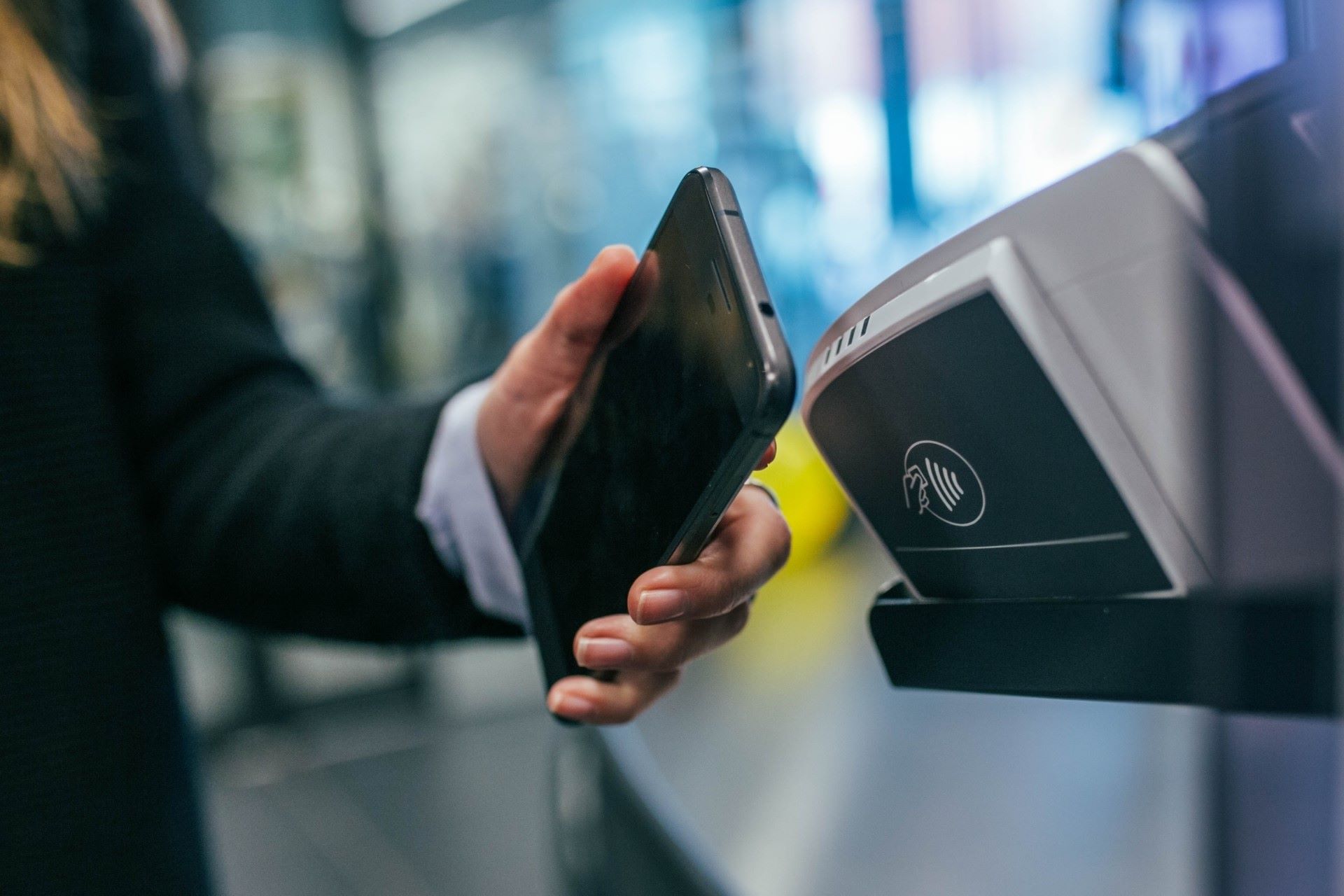
Source: Listerhill.com
Introduction to Samsung Pay
Samsung Pay, developed by Samsung Electronics, launched in 2015. It allows users to make payments using Samsung mobile devices, including smartphones and smartwatches, at participating retailers and merchants.
Key Features of Samsung Pay
- Magnetic Secure Transmission (MST) Technology: Works with almost any payment terminal, even those not supporting contactless payments.
- Wide Device Compatibility: Supports a broad range of Samsung smartphones and smartwatches.
Introduction to Apple Pay
Apple Pay, developed by Apple Inc., launched in 2014. It allows users to securely store credit, debit, and prepaid cards on Apple devices for contactless payments in stores, in-app purchases, and online transactions.
Key Features of Apple Pay
- Near Field Communication (NFC) Technology: Enables secure and private contactless payments.
- Exclusive to Apple Devices: Available on iPhones, iPads, and Apple Watches.
Compatibility and Availability
Samsung Pay
- Device Range: Supports Samsung smartphones and smartwatches.
- MST Technology: Works with older payment terminals not supporting contactless payments.
Apple Pay
- Device Range: Exclusive to Apple devices like iPhones, iPads, and Apple Watches.
- NFC Technology: Requires terminals supporting contactless payments.
Security Features
Samsung Pay Security
- Tokenization: Replaces actual card details with a unique token.
- Biometric Authentication: Uses fingerprint, iris scanning, or PIN for added security.
Apple Pay Security
- Tokenization: Replaces card details with unique codes.
- Biometric Authentication: Utilizes Touch ID or Face ID.
- Secure Element Hardware Chip: Isolates payment data for robust protection.
User Experience
Samsung Pay User Experience
- Ease of Use: Simple card selection within the app.
- MST Technology: Allows payments at almost any terminal.
- Integration with Samsung Services: Works with Samsung Rewards and Bixby for voice-command payments.
Apple Pay User Experience
- Seamless Integration: Highly integrated within the Apple ecosystem.
- Wide Range of Features: Supports in-app purchases, transit payments, and money transfers through Apple Cash.
Rewards and Cashback Programs
Samsung Pay Rewards
- Rewards and Cashback: Offers rewards for purchases, redeemable for Samsung products or services.
- Loyalty Cards: Stores loyalty cards within the app for a centralized shopping experience.
Apple Pay Rewards
- Apple Cash Integration: Allows sending and receiving money through the Messages app.
- No Specific Rewards Program: Does not offer specific rewards or cashback programs like Samsung Pay.
Recommendations
- For Wide Compatibility: Samsung Pay is ideal for those needing to make payments at various locations, including older terminals.
- For Seamless Integration: Apple Pay suits those deeply invested in the Apple ecosystem, valuing convenience and security.
